All Blogs

The Role of Phase 1 ESA in Property Portfolio Management
Integrating Phase 1 ESA in property portfolio management empowers investors to uncover environmental risks early, ensure compliance, and make informed acquisition decisions. This proactive approach strengthens portfolio performance and protects long-term real estate value.

Common Environmental Risks Identified in Phase 1 ESA Reports
The risks identified in Phase 1 ESA reports—such as soil and groundwater contamination, hazardous building materials, and compliance gaps—can significantly affect property value and liability. Recognizing these risks early helps property owners, buyers, and agents make informed decisions and avoid costly setbacks.
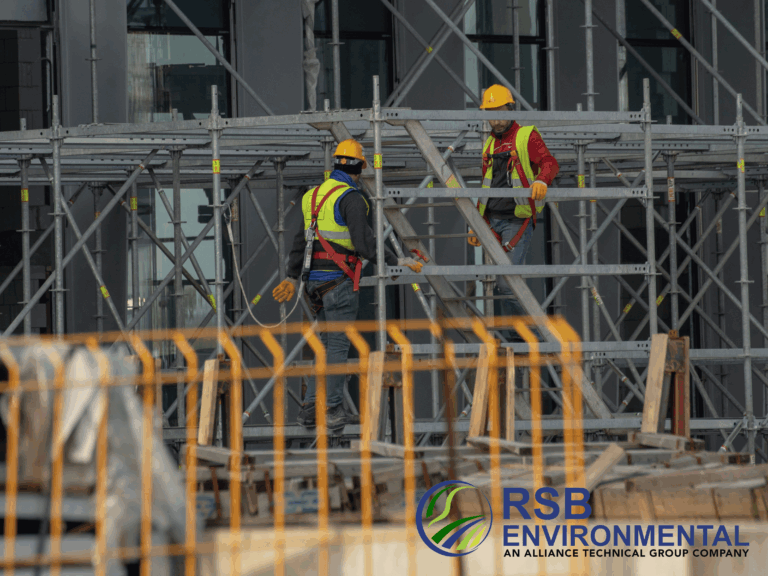
Red Flags Real Estate Agents Should Identify in Phase 1 ESA Reports
Red flags in Phase 1 ESA reports reveal potential environmental risks—like contamination, underground tanks, or past industrial use—that can impact property value and liability. Real estate agents who recognize these signs early can guide clients toward safer, more confident transactions.
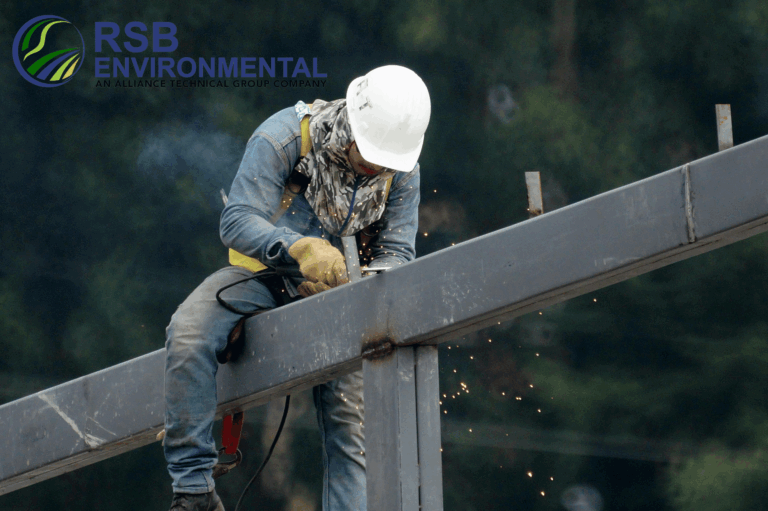
How Phase 1 ESA Identifies Hidden Risks in Commercial and Residential Properties
Hidden risks a Phase 1 ESA can reveal include contamination, compliance gaps, and long-term safety concerns. By exposing these issues early, property managers and investors can safeguard asset value and reduce liability.

How Phase 1 ESA Helps Property Managers Mitigate Environmental Risks
A Phase 1 ESA helps property managers uncover environmental risks, ensure compliance, and protect long-term property value. From site inspections to historical reviews, this assessment provides actionable insights for smarter property management.
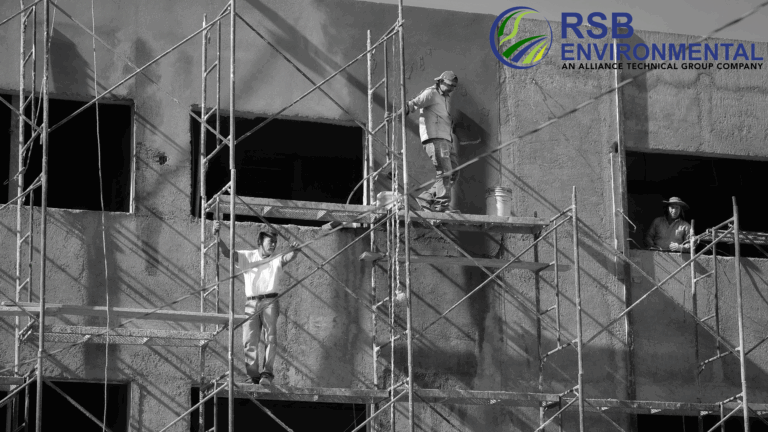
Five Common Issues Found During Property Condition Assessments for New Developments
New construction still needs a PCA to confirm quality, compliance, and safety. From hidden installation errors to code shortfalls, early assessments protect developers, investors, and property managers from costly surprises.

Why Property Managers Should Partner with ESA Experts
Property managers need environmental assessments to uncover hidden risks, protect tenant health, and safeguard property value. Partnering with ESA experts ensures compliance and proactive risk management throughout the property lifecycle.
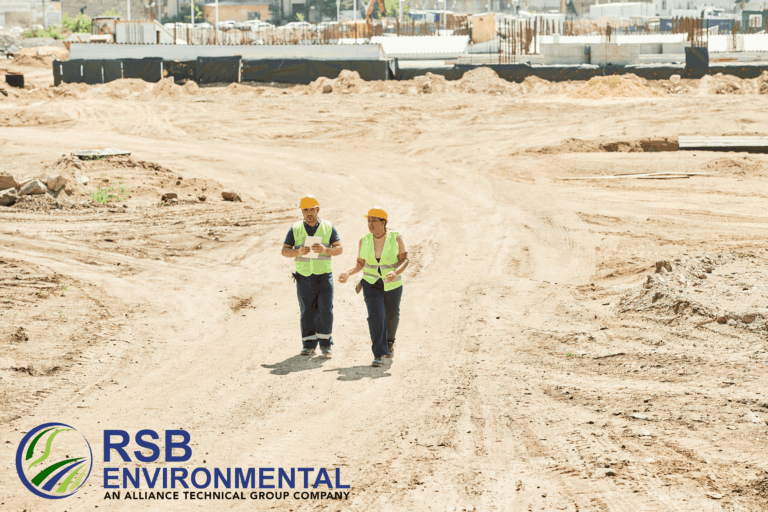
Mitigating Environmental Risks Through Phase 1 ESA Before Development
Conducting a Phase 1 ESA before development safeguards your project by identifying hidden contamination risks, reducing liability, and ensuring regulatory compliance. From due diligence to financing, this proactive step helps developers build with confidence and avoid costly surprises.

The Timeline and Costs of Phase 1 ESA: A Guide for Lenders
Understanding the timeline and costs of Phase 1 ESA is essential for lenders financing commercial real estate. This guide explains the average 2–4 week process, the factors that drive cost, and how early planning helps avoid delays, reduce risks, and safeguard loan security.
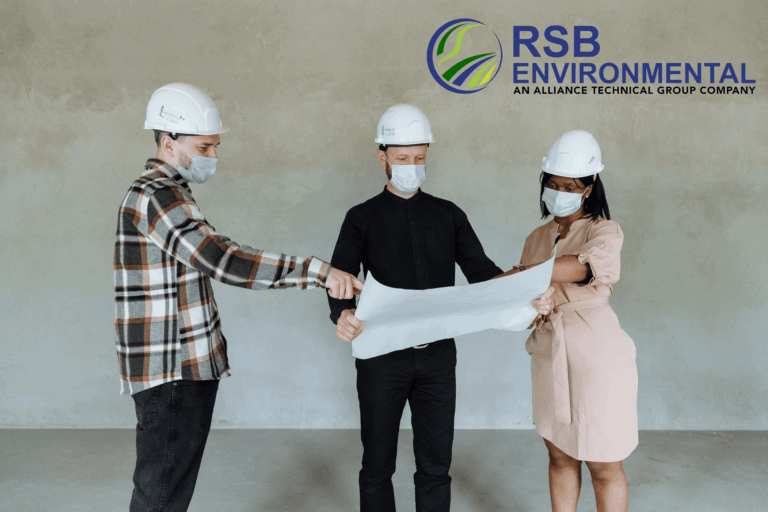
Common Mistakes Lenders Make When Skipping Property Condition Assessments
Skipping a Property Condition Assessment (PCA) is one of the biggest mistakes lenders can make. Without it, hidden repair costs, safety hazards, and compliance issues can threaten loan security and damage borrower relations. A PCA gives lenders the insight they need to protect collateral value, meet regulatory standards, and strengthen portfolio performance.



